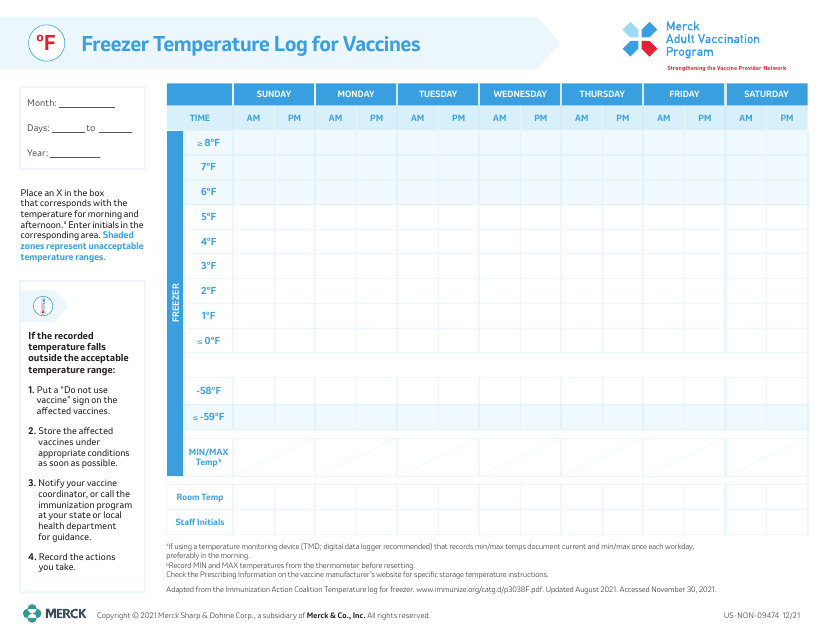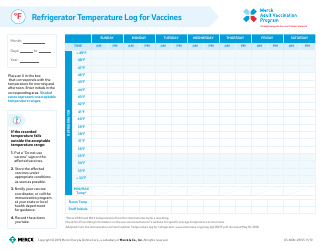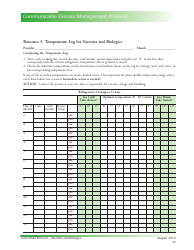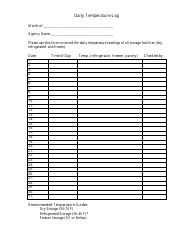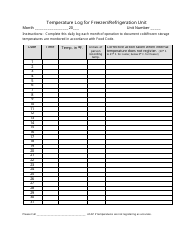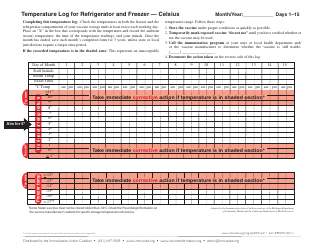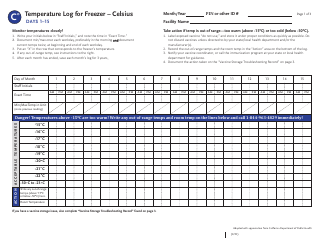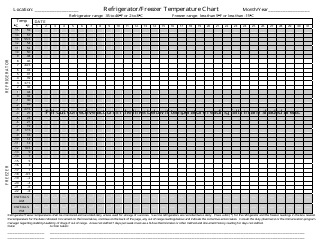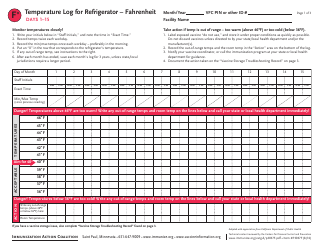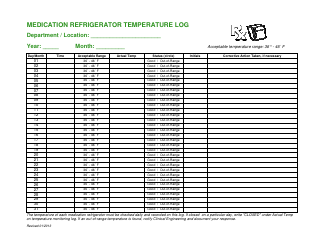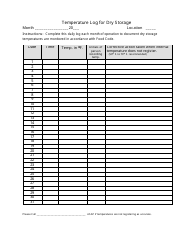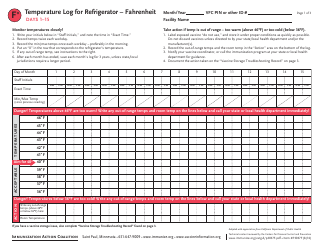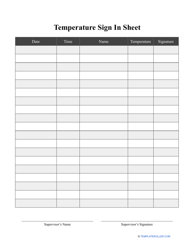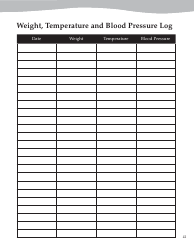Freezer Temperature Log for Vaccines - Merck
The Freezer Temperature Log for Vaccines - Merck is a document used to maintain the proper storage temperature of vaccines in freezers. It helps ensure that vaccines are stored correctly and maintain their efficacy.
FAQ
Q: What is the purpose of a freezer temperature log for vaccines?
A: The purpose of a freezer temperature log for vaccines is to monitor and track the temperature of the freezer where vaccines are stored.
Q: Why is it important to maintain the correct temperature for vaccines in the freezer?
A: It is important to maintain the correct temperature for vaccines in the freezer to ensure their efficacy and effectiveness.
Q: What is the recommended temperature range for storing vaccines in a freezer?
A: The recommended temperature range for storing vaccines in a freezer is typically between -15°C and -25°C (-5°F and -13°F).
Q: How often should the temperature of the freezer be recorded in the temperature log?
A: The temperature of the freezer should be recorded at least twice a day in the temperature log, preferably in the morning and afternoon.
Q: What should be done if the freezer temperature falls outside the recommended range?
A: If the freezer temperature falls outside the recommended range, immediate action should be taken to address the issue and potentially transfer vaccines to a different storage location.
Q: How long should temperature records be kept?
A: Temperature records should be kept for a minimum of three years, or as required by local regulations and guidelines.
Q: Who is responsible for monitoring and maintaining the freezer temperature?
A: The person responsible for monitoring and maintaining the freezer temperature should be identified and their duties clearly defined, typically a designated staff member or healthcare professional.
Q: Are there any additional guidelines or requirements for storing vaccines in a freezer?
A: Yes, there may be additional guidelines or requirements for storing vaccines in a freezer, which can vary based on the specific vaccine manufacturer and local regulations. It is important to refer to the manufacturer's instructions and relevant guidelines for proper storage and handling.
